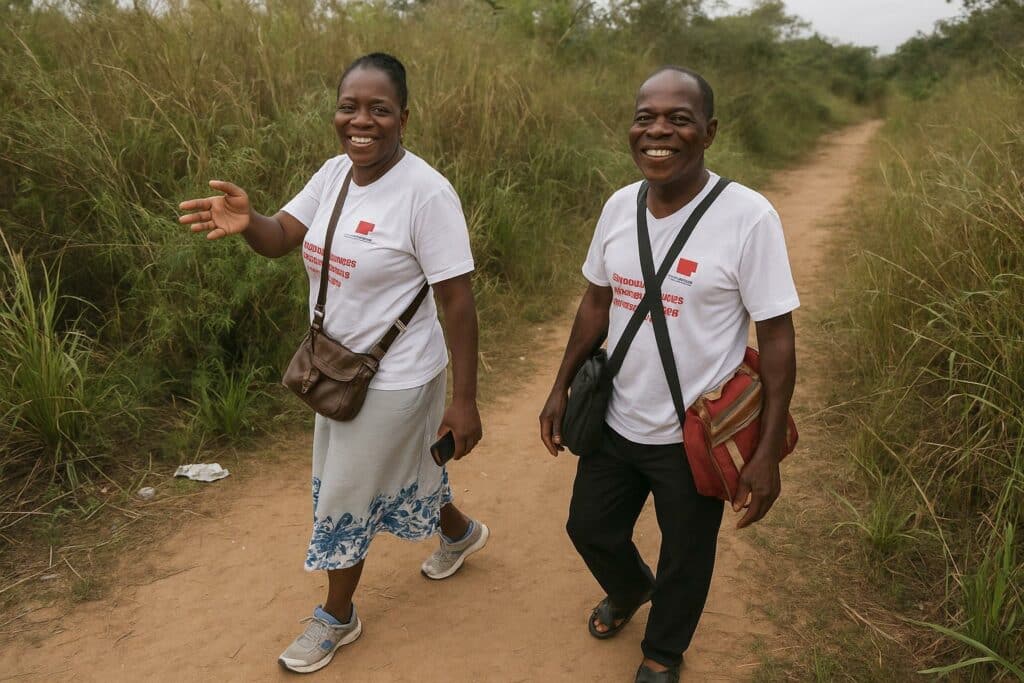Strategic Significance of the Kouilou Campaign
The recent announcement of a free distribution of long-lasting insecticide-treated mosquito nets in the coastal department of Kouilou offers more than a fleeting headline. It encapsulates an unspoken consensus among Congolese public-health planners: vector control remains the strongest bulwark against mosquito-borne diseases in regions where climatic conditions favour perennial transmission. By targeting Kouilou, whose mangrove estuaries and humid savannahs create a vibrant breeding ground for Anopheles mosquitoes, the authorities elect to intervene where the epidemiological return on investment is demonstrably high.
Officials describe the campaign as a calibrated continuation of national policies that have already reduced reported malaria morbidity over the last decade. While comprehensive data are awaited, preliminary briefings suggest that the Kouilou operation will prioritise households with pregnant women and children under five, the demography carrying the highest risk of severe infection. The deliberate timing, coinciding with the onset of the long rains, underscores the preventive logic guiding the initiative.
Community Engagement and Logistical Backbone
From Pointe-Noire’s peri-urban corridors to the inland districts of Hinda and Kakamoéka, local leaders have amplified sensitisation messages through churches, markets and radio programmes. Religious councils, parent-teacher associations and women’s cooperatives have reportedly volunteered distribution points, reinforcing the bottom-up character of the roll-out.
Behind this grassroots energy lies a sophisticated logistics chain. Health-zone pharmacies serve as temporary depots, while community health workers map households using digital tablets supplied by the ministry’s e-Health Unit. This approach limits duplication and tailors allocations to real-time population estimates. A senior logistician in charge of the southern corridor explains that each bale of nets is bar-coded, allowing traceability from the central warehouse to the last household. The system, he notes, “creates a paper trail strong enough to withstand any audit.”
À retenir : un filet social aussi sanitaire
Beyond its epidemiological ambition, the Kouilou operation doubles as a social-protection instrument. The provision of a durable good—whose cost could otherwise represent a material burden—translates into an immediate household saving, cushioning low-income families from health-related expenditure shocks. That cushioning effect is particularly pertinent in a maritime department where artisanal fishing incomes remain vulnerable to seasonal fluctuations.
Le point juridique et financier
The distribution hinges on an inter-ministerial decree that exempts insecticide-treated nets from customs duties for public-health campaigns, a device aligned with CEMAC guidelines on the free movement of essential medical commodities. On the budgetary side, the operation draws on a special line in the 2024 Finance Law earmarked for epidemic prevention. Observers note that the choice of a tax-exempt tender procedure compressed procurement delays, an efficiency gain welcomed by development partners.
Legally, the campaign dovetails with Congo-Brazzaville’s 2022 Public Health Code, which enshrines the right to preventive care and grants the Ministry of Health latitude to requisition logistical support from other administrations. The legal architecture therefore strengthens, rather than constrains, administrative agility.
Regional Perspective within Central Africa
Comparisons with neighbouring jurisdictions show that Congo’s insistence on universal coverage echoes empirical findings from Gabon and Cameroon, where upticks in net coverage correlated with measurable declines in paediatric malaria admissions. However, the Congolese model diverges by embedding community validation committees, a governance layer intended to limit elite capture and foster local accountability.
International partners quietly commend this hybrid architecture. A medical anthropologist based in Libreville remarks that “Congo’s approach, by insisting on community sign-off, cultivates behavioural ownership—an ingredient that chemical efficacy alone cannot secure.”
What Is at Stake for Public Health and Development
The Kouilou distribution constitutes a referendum on the capacity of public institutions to deliver an evidence-based good at scale. If successful, the operation could serve as a template for other departments, sparing already stretched clinics from malaria spikes that siphon resources away from maternal health, HIV management and non-communicable diseases.
Economic dividends could follow. Fewer workdays lost to fever enhance productivity in Kouilou’s hydroculture zones, its budding ecotourism ventures and the port-adjacent supply chains radiating from Pointe-Noire. The intangible benefit—strengthened trust between citizens and government—may ultimately dwarf the direct savings in healthcare costs.
In the words of a senior official at the Ministry of Health, “Every net hung is a small vote for development.” While data collectors tally household coverage rates in the weeks ahead, residents in Kouilou have already started to see the practical contours of that ballot hanging above their beds.

